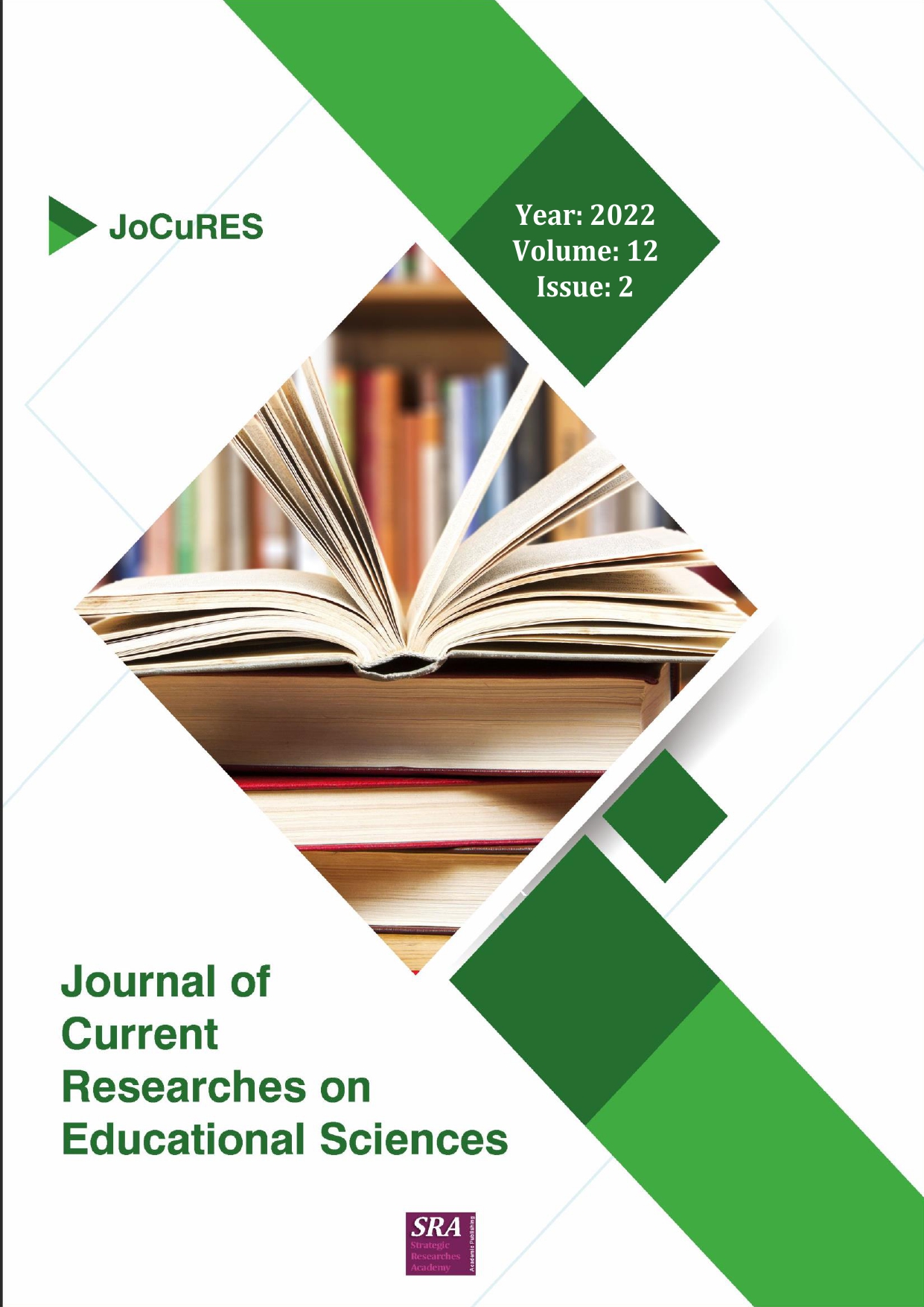Building a Mathematical Model for the Epidemic Diseases COVID-19 and Analyzing Its Dynamical Behavior
Keywords:
Transformation of SIR model with Runge-Kutta equations, stabilization, chaotician, hopf-bifurcationAbstract
Building a Mathematical Model for the Epidemic Diseases COVID-19 and Analyzing Its Dynamical BehaviorIn this paper we will focus mainly on modeling the dynamics of transmission of this virus(COVID-19) mathematically, where the classic (SIR) model as a non-linear mathematical system was used to build a mathematical model and used it with the Runge-Kutta four order (RK4) method for solving ordinary differential equations and calculating the numerical values of the disease. And comparing it with the actual real values of a particular population from the countries of the world, as well as to know the behavior of this disease in terms of stability by using many specialized mathematical methods for this purpose (the characteristic roots equation, Routh-Hurwitz criteria and Lyapunov function) and it was found that it is unstable, The binary test (0-1) was also used to test messy disease behavior and it was shown to be messy (K≅ 1). Also we used the Poincare-hopf theorem to see the hopf bifurcation in it. The Matlab system was used to written the programs for practical application to build the model, and we took the real data for (Iraq) through the daily statistics of the number of infected with the disease in Iraq, and the comparison between the real data and the simulated data of the system were well compatible with a degree of convergence through the results, shapes and drawings that appeared to us during the application.


